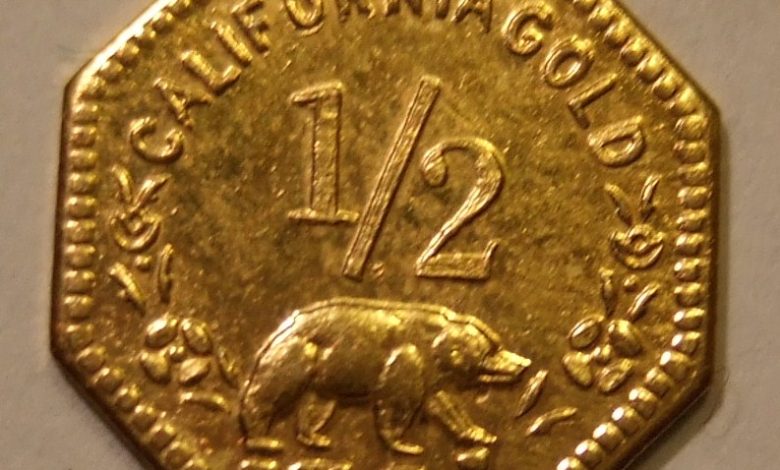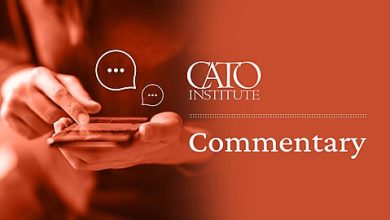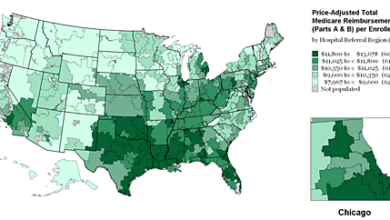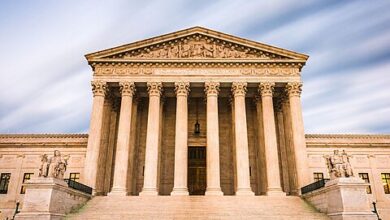Lawrence White on Private Gold Mints

 Every hoary myth about the private market’s unfitness to supply means of exchange has roots that trace back to the hoariest monetary platitude of all, namely, the claim that governments alone, whether republican or absolutist or otherwise, are fit to coin money.
Every hoary myth about the private market’s unfitness to supply means of exchange has roots that trace back to the hoariest monetary platitude of all, namely, the claim that governments alone, whether republican or absolutist or otherwise, are fit to coin money.
That commonplace credendum dates from ancient times, and was a staple of medieval and early-modern monetary writings. Paradoxically enough, after stating the standard dogma, most of those writings go on to describe in lurid detail, and vigorously condemn, sovereigns’ frequent and flagrant abuse of their coining privileges!
Yet the myth survives, thanks to the belief that, bad as some governments were (and often still are) at supplying their citizens with decent coins, competing private firms would have been worse.
Why Not See?
But why speculate? Why not look for actual episodes of private coining, and see just how bad it was? Some years ago, I did just that, by looking at private-sector minting and issuance of silver and copper token coins during Great Britain’s industrial revolution. And it was not only not bad but pretty darn good, and a damn sight better than the coining done by Great Britain’s Royal Mint.
In his new CMFA working paper, “The Private Mint in Economics: Evidence from American Gold Rushes,” CMFA Senior Fellow Lawrence White does for private-sector gold coining in the U.S. what I did for copper and silver coining in Great Britain. That is, he actually looks into how well it worked, instead of just assuming that it couldn’t work well at all. And White also finds that, while some private gold mints produced coins of subpar value, others produced coins of higher quality than those struck by the U.S. Mint. And only the better private mints stayed in business. In other words, the outcome of private coining was like that of most industries that no economist worth his or her salt would wish to see nationalized.
An Unfair Rival
But while competition among private coiners ultimately favored the best of them, competition between those coiners and the U.S. Mint was another matter.
As long as there was only one branch of that mint—the Charlotte Mint in North Carolina, established in 1837—apart from its headquarters in Philadelphia, private coiners were able to thrive by coining gold elsewhere, and particularly in California, where more than a dozen private mints popped-up during the gold rush.
But when, in 1854, the U.S. Mint turned its San Francisco assay office into another branch mint, the days of California’s private coining were numbered, not because the official mint’s coins were better, but because [they] coined gold “gratuitously,” charging its customers modest fees for standardizing their metal only, and covering actual coining costs from its government-supplied budget.
As White points out, this meant that, to compete with their official rival, private mints would have had to run at a loss. Even so, for good measure the federal government went on to prohibit private mints in 1864. Those who today suppose that the Fed can compete fairly with private-sector rivals, either in supplying digital currency or in operating electronic retail payments networks, are encouraged to take this history to heart.
_______________
Have a paper you’d like to see featured in our working paper series? Drop a line to Alt-M managing editor Nick Anthony, at nanthony@cato.org, and let us know! We’ll consider any unpublished, scholarly paper consistent with the CMFA’s goal of examining the shortcomings of today’s monetary and financial‐arrangements and exploring alternatives to them.
The post Lawrence White on Private Gold Mints appeared first on Alt-M.





